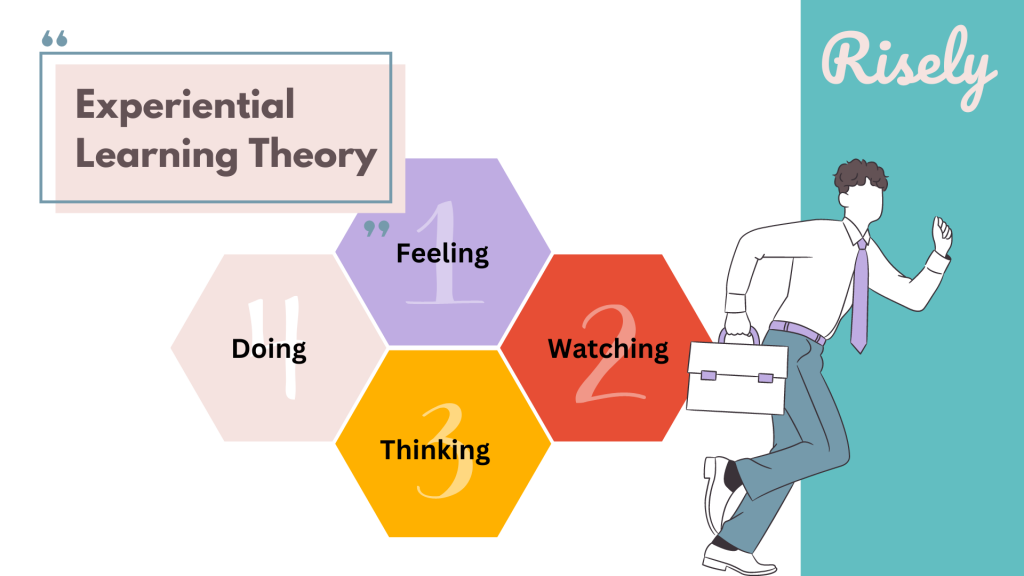THE EMPLOYEES AND LEARNING VIEW
What Types of Employee Training and Development Exist?
- Technical training is training based on a technical product or task. Technical training if often specifically tailored to a particular job task at a single organization. Skills training is training to help employees develop or practice skills that are necessary for their jobs.
- Soft skills training is a subset of skills training that focuses specifically on soft skills, as opposed to technical or “hard” skills. Soft skills include emotional intelligence, adaptability, creativity, influence, communication, and teamwork. Some trainers refer to soft skills as “power skills” or “professional life skills” to emphasize their importance.
- Compliance training is training on actions that are mandated by a law, agency, or policy outside the organization’s purview. Compliance training is often industry-specific but may include topics such as cybersecurity and sexual harassment.
- Safety training is training that focuses on improving organizational health and safety and reducing workplace injury. It can encompass employee safety, workplace safety, customer safety, and digital and information safety. Safety training can include both training that is required by law and training that organizations offer without legally being required to do so.
- Management development focuses on providing managers with the knowledge and skills that they need to be effective managers and developers of talent. Topics may include accountability, collaboration, communication, engagement, and listening and assessing.
- Leadership development is any activity that increases an individual’s leadership ability or an organization’s leadership capability, including activities such as learning events, mentoring, coaching, self-study, job rotation, and special assignments to develop the knowledge and skills required to lead.
- Executive development provides senior leaders and executives with the knowledge and skills that they need to improve in their roles. In contrast to leadership development, which focuses on helping non-executive employees develop the skills they need to obtain a leadership position, executive development is targeted at people already at a leadership level within their organization.
- Customer service training focuses on providing employees with the knowledge and skills to provide exceptional customer service. Customer service training should include content on essential employee behaviors, service strategies, and service systems.
- Customer education training is when employees—often at technology or SaaS companies—teach customers how to use a company’s products and services. Customer education training differs from traditional employee learning and development because the intended audience is customers, not employees.
- Workforce training focuses on upskilling workers to help them obtain career success. Workforce training programs are often offered by federal, state, or local governments, or by nonprofit organizations. Workforce training may include job-specific content but also may include content on organizational culture, leadership skills, and professionalism. Workforce training is often accessed by people who are new to the workforce or who are trying to enter a new job type or industry.
- Corporate training focuses on helping workers already employed by an organization obtain new knowledge and skills. That company or organization offers training to their internal employees to help them become better at their current jobs, advance in their careers, or close organizational skill gaps.
- Onboarding, sometimes known as new employee orientation, is the process through which organizations equip new employees with the knowledge and skills they need to succeed at their jobs.
- Sales enablement is the strategic and cross functional effort to increase the productivity of market-facing teams by providing ongoing and relevant resources throughout the buyer journey to drive business impact. It encompasses sales training, coaching, content creation, process improvement, talent development, and compensation, among other areas.
Employee training and development includes any activity that helps employees acquire new, or improve existing, knowledge or skills. Training is a formal process by which talent development professionals help individuals improve performance at work. Development is the acquisition of knowledge, skill, or attitude that prepares people for new directions or responsibilities. Training is one specific and common form of employee development; other forms include coaching, mentoring, informal learning, self-directed learning, or experiential learning.Matlay, H. (1999)
References
Matlay, H. (1999) “Employee Relations in Small Firms”. Employee Relations [online] 21 (3), 285–295. available from <https://doi.org/10.1108/01425459910273125>



Wonderful article! about learning and development sure safety is important in the workplace besides monitoring training should also be given heed.
ReplyDeleteThis comment has been removed by the author.
ReplyDeleteA comprehensive overview of various types of employee training and development programs, ranging from technical and soft skills training to compliance, safety, management, and leadership development. Each type addresses specific organizational needs and aims to enhance employee performance and effectiveness in various areas.
ReplyDeleteA good article on various methods of training methods that can be utilized by any organization. We've implemented a combination of these methods and witnessed significant improvements in results.
ReplyDeleteExcellent Article Dr. Aruna. Training for compliance should not be a one-time affair but rather should be continual. Employees are kept up to date on the ever-changing legislation and policies of the organisation through regular refresher training.
ReplyDelete